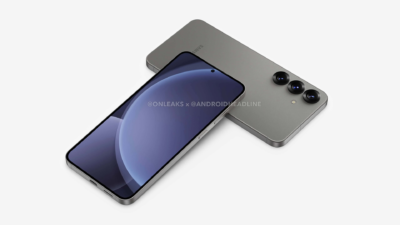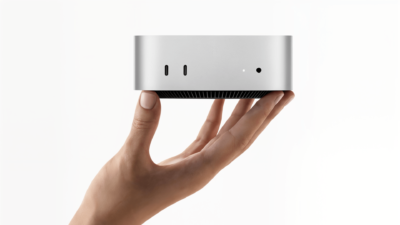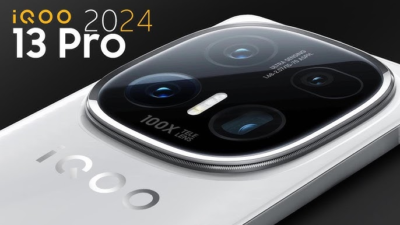The Lip Bite Emoji: Exploring Its Meaning and Popularity

In the ever-evolving world of emojis, where symbols convey emotions and expressions with just a tap of the finger, one particular icon has captured the attention of users worldwide: the lip bite emoji. With its subtle yet suggestive gesture, the lip bite emoji has sparked curiosity and intrigue, becoming a staple in digital communication. In this article, we delve into the origins, meaning, and popularity of the lip bite emoji, exploring its significance in modern-day messaging.
Introduction to the Lip Bite Emoji
The lip bite emoji, represented by a face with one eyebrow raised and the mouth slightly open, accompanied by a finger pressing against the teeth or biting the lower lip, is often used to convey a range of emotions, from flirtation and playfulness to anticipation and desire. Its subtle yet unmistakable gesture adds nuance and depth to digital conversations, allowing users to express sentiments that words alone may fail to capture.
Origins and Evolution
While the exact origins of the lip bite emoji are unclear, its rise in popularity can be attributed to the growing demand for emojis that reflect a broader spectrum of human emotions and experiences. As digital communication continues to evolve, emojis have become an integral part of expressing feelings and conveying meaning in text-based conversations. The inclusion of the lip bite emoji in various emoji sets and platforms has contributed to its widespread adoption and usage among users of all ages and backgrounds.
Meaning and Interpretation
The lip bite emoji is versatile in its interpretation, capable of conveying multiple emotions depending on the context of the conversation. Some common interpretations of the lip bite emoji include:
- Flirtation: The lip bite emoji is often used in contexts of flirtatious banter or romantic interactions, signaling attraction and interest between individuals.
- Anticipation: In situations where excitement or anticipation is high, the lip bite emoji can convey a sense of eagerness or anticipation for what is to come.
- Playfulness: Users may use the lip bite emoji in a lighthearted or playful manner, adding a touch of humor or mischief to their messages.
- Seduction: In more intimate or suggestive exchanges, the lip bite emoji may suggest seduction or desire, hinting at deeper emotions and intentions.
Popularity and Usage
The lip bite emoji has gained widespread popularity across various social media platforms, messaging apps, and digital communication channels. Its expressive nature and ability to convey complex emotions in a concise manner have contributed to its appeal among users seeking to add flair and personality to their messages. From casual conversations among friends to more intimate exchanges between romantic partners, the lip bite emoji finds its place in a diverse range of contexts.
Cultural Impact and Representation
The lip bite emoji has transcended linguistic and cultural barriers, becoming a universally recognized symbol of emotion and expression. Its inclusion in emoji keyboards and digital platforms reflects the growing diversity and inclusivity of emoji sets, catering to the diverse needs and preferences of users around the world. As emojis continue to evolve and adapt to changing communication trends, the lip bite emoji stands as a testament to the enduring power of visual language in the digital age.
Conclusion: A Symbol of Expression
In conclusion, the lip bite emoji has emerged as a popular and widely used symbol of expression in digital communication. Its subtle yet suggestive gesture allows users to convey a range of emotions, from flirtation and playfulness to anticipation and desire, adding depth and nuance to text-based conversations. As emojis continue to play an integral role in modern-day communication, the lip bite emoji remains a beloved and iconic symbol of human emotion in the digital age.
Alexia is the author at Research Snipers covering all technology news including Google, Apple, Android, Xiaomi, Huawei, Samsung News, and More.













1 thought on “The Lip Bite Emoji: Exploring Its Meaning and Popularity”
Comments are closed.